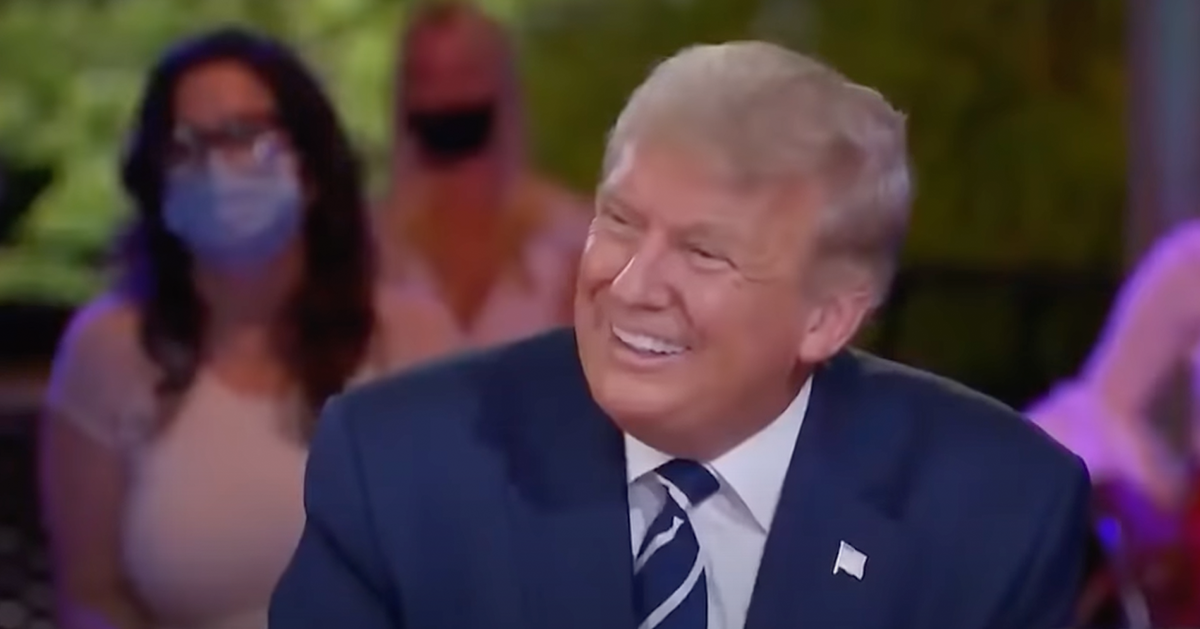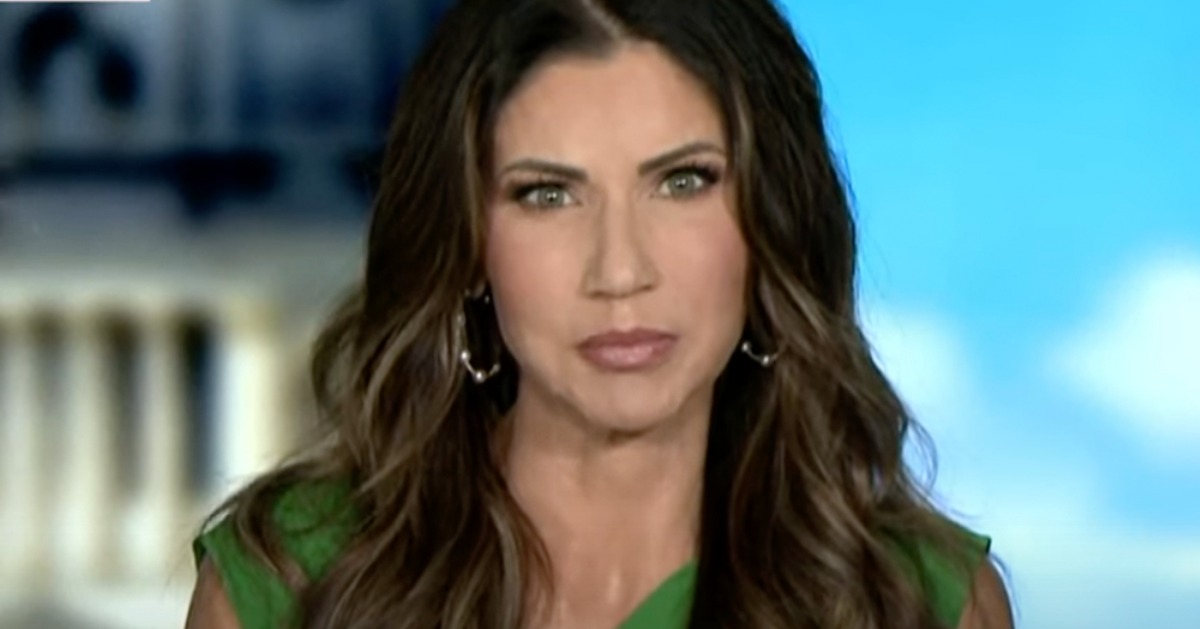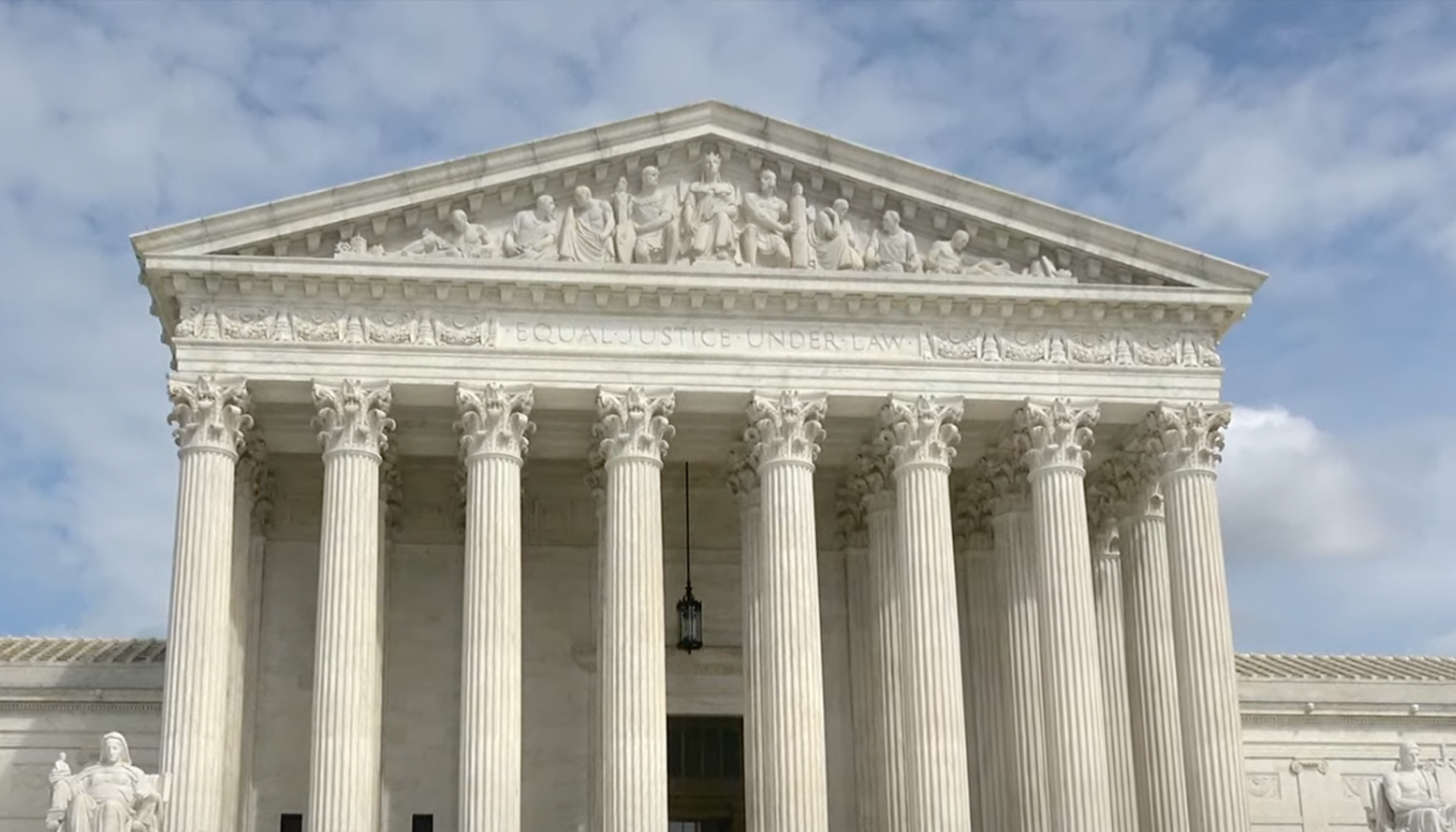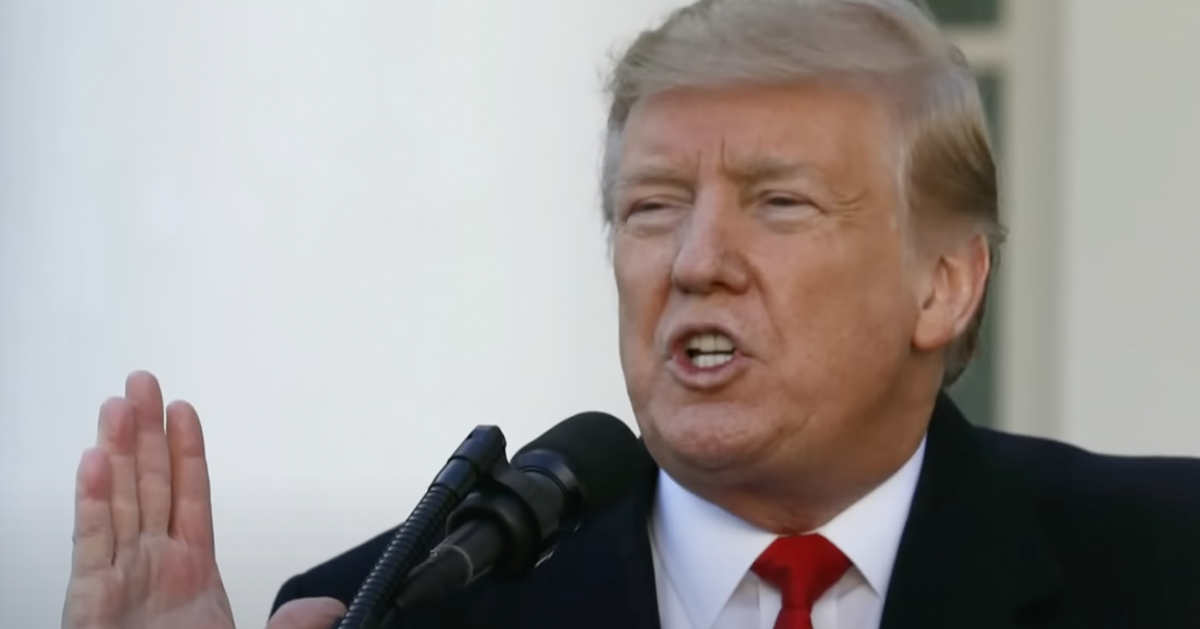Kamala Harris Endorses Plan to Restructure Supreme Court, Target Conservative Justices
Vice President Kamala Harris has thrown her support behind a new proposal to fundamentally reshape the U.S. Supreme Court by adding new liberal justices while removing sitting conservative justices, starting with Justice Clarence Thomas. The controversial proposal, led by Senator Sheldon Whitehouse, has raised concerns over its potential impact on the Court’s independence and the rule of law.
Breitbart reported that the bill if passed, would allow the president to appoint new justices every two years and disqualify existing conservative justices from most cases.
Harris Endorses Bill S. 3096 to Reshape the Court
Harris’s endorsement of this proposal signals an unprecedented push to alter the composition of the Supreme Court in a manner not seen since Franklin D. Roosevelt’s attempt to pack the Court in the 1930s. However, this new plan goes further than FDR’s, as it seeks not only to add justices but also to disqualify sitting ones, starting with long-serving conservative justices.
The proposal, introduced as bill S. 3096 by Senator Sheldon Whitehouse, mandates the president to appoint new Supreme Court justices in the first and third year of each presidential term. Over time, this would increase the total number of justices to a maximum of 18. Under this system, only the nine most recently appointed justices would participate in most Supreme Court cases.
Critics see this strategy as a direct attack on the Court’s conservative majority, particularly after former President Donald Trump appointed three conservative justices, shifting the Court's balance away from liberal policies. Justice Clarence Thomas, a staunch constitutionalist and frequent target of Democratic criticism, would be the first to be disqualified under this proposal, with Chief Justice John Roberts and Justice Samuel Alito to follow in subsequent years.
Comparison to FDR’s Court-Packing Scheme
While Roosevelt's court-packing plan sought to add additional justices to the bench to counterbalance opposition to his New Deal policies, it did not aim to remove or disqualify any sitting justices. The Harris-backed plan is far more aggressive in its scope, aiming to effectively replace conservative justices through a process of disqualification rather than simply adding more seats to the Court.
Proponents of the bill argue that it is necessary to ensure the Supreme Court reflects modern values and remains aligned with what they see as the will of the people. However, critics warn that such a move could set a dangerous precedent, undermining the judicial branch’s independence and leading to further politicization of the Court.
Critics Warn of Threats to Judicial Independence
The proposal has been met with sharp criticism from those who see it as a blatant attempt to inject partisan politics into the judiciary. Senator Sheldon Whitehouse has been described by some as “the single most malignant individual attacking the independence of the Supreme Court.” Detractors of the bill argue that it is designed to oust justices who have opposed left-leaning policies and to replace them with more ideologically aligned figures.
“This is a plain attempt to inject partisan politics in what is supposed to be the apolitical branch of our government,” one critic stated, referring to the Supreme Court’s traditional role as an independent arbiter of constitutional issues. Critics also argue that the bill could lead to constitutional crises, especially as it seeks to disqualify individual justices from hearing cases, potentially raising significant legal challenges.
Bill Tied to Larger Democratic Strategy
The Harris-Whitehouse bill is part of a broader Democratic effort to reshape the Supreme Court in the wake of its recent conservative shift. Since Trump’s appointment, Democrats have increasingly scrutinized the ethics of conservative justices, focusing on personal matters like vacations and recusals. These efforts, according to critics, are part of a coordinated attempt to undermine public trust in the judiciary and lay the groundwork for more significant changes to the Court’s structure.
Some critics argue that authorities have selectively applied ethics concerns, largely overlooking similar issues involving liberal justices in the past. The Harris-backed proposal would further this strategy by directly removing conservative justices rather than relying on traditional methods of appointment or retirement.
Legal Challenges and Constitutional Concerns
One of the key concerns surrounding the Harris-Whitehouse proposal is its potential violation of constitutional principles. The Constitution grants Congress the authority to regulate the Supreme Court’s appellate jurisdiction, which is the basis for the disqualification provision in the bill. However, critics argue that using this authority to disqualify justices selectively could raise significant constitutional issues and lead to legal challenges.
“This is the most radical bill to destroy the independence of the Court,” one critic warned, emphasizing the dangers posed to the U.S. legal system. If passed, the bill could lead to prolonged battles over its legality, with some suggesting it could threaten the very foundation of the rule of law in the United States.
Potential Consequences for the Rule of Law
The consequences of the Harris-Whitehouse bill could be far-reaching. By giving Congress effective control over which justices participate in key cases, the bill would fundamentally alter the balance of power between the legislative and judicial branches. Critics warn that this could lead to further erosion of trust in the Supreme Court as an impartial institution.
The disqualification of justices based on the timing of their appointment rather than their legal qualifications or actions could set a dangerous precedent for future administrations. “This bill is a mortal threat to an independent Supreme Court and the rule of law,” another critic stated, underscoring the stakes of the current debate.
As the bill moves forward, it is likely to spark fierce debate both in Congress and across the nation. Whether it ultimately succeeds or fails, the Harris-Whitehouse proposal has already ignited a contentious discussion about the future of the Supreme Court and its role in American democracy.






